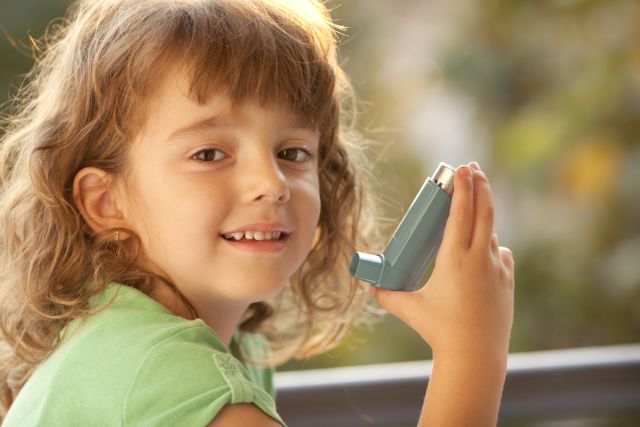New Year Sale upto 55% Off
Shopping Cart
Great medicine with best rxmedilife branded, 100% genuine pharmacy
New Year Sale upto 55% Off
Great medicine with best rxmedilife branded, 100% genuine pharmacy

Asthma is one of the most common chronic conditions in children, and for many parents, managing it can feel overwhelming especially when it comes to medications. With so many options available, how do you know which asthma medicine is best for your child? This guide breaks down the most effective and safest asthma treatments for kids, helping you make informed decisions with your child’s health and comfort in mind.
Asthma is a condition that causes the airways in the lungs to become inflamed and narrow, making it hard to breathe. Symptoms often include:
Coughing (especially at night or after activity)
Wheezing
Shortness of breath
Chest tightness
Children may have mild, moderate, or severe asthma, and treatments vary depending on how often and how severely symptoms occur.

Asthma treatment is usually divided into two categories:
These are used during an asthma attack or when symptoms suddenly worsen.
Albuterol (ProAir, Ventolin, Proventil)
How it works: Relaxes airway muscles for quick relief.
Form: Inhaler or nebulizer solution
Is it safe? Yes, when used as prescribed. Can cause jitteriness or fast heartbeat in some kids.
Levalbuterol (Xopenex)
How it works: Similar to albuterol but may cause fewer side effects in sensitive children.
Form: Inhaler or nebulizer
These medicines work within minutes and are essential for emergencies—but they don’t control long-term inflammation.
These help prevent asthma symptoms from happening in the first place.
Inhaled Corticosteroids (ICS)
Examples: Fluticasone (Flovent), Budesonide (Pulmicort), Beclomethasone (QVAR)
How they work: Reduce inflammation in the airways over time.
Is it safe? Yes. Long-term control medications like these work best.Some parents worry about steroids, but these are not the same as anabolic steroids and are considered very safe at prescribed doses.
Leukotriene Modifiers
Example: Montelukast (Singulair)
How it works: Blocks substances in the body that cause asthma symptoms.
Form: Oral tablet or chewable
Is it safe? Generally safe, though rare mood-related side effects have been reported. Talk to your pediatrician.
Combination Inhalers
Examples: Fluticasone/salmeterol (Advair), Budesonide/formoterol (Symbicort)
How they work: Combine an ICS with a long-acting bronchodilator.
Typically used in: Older kids or those with moderate to severe asthma.
Biologic Therapies (for severe asthma only)
Examples: Omalizumab (Xolair), Mepolizumab (Nucala)
How they work: Target specific parts of the immune system.
Used in: Older children with severe allergic or eosinophilic asthma. Administered by injection.
Treatment depends on the severity of asthma and your child's age, symptom pattern, and response to past medications. Pediatricians and pediatric pulmonologists usually follow national asthma guidelines to find the right balance of effectiveness and safety.
Here’s a general guide:
| Age | Mild Asthma | Moderate-Severe Asthma |
|---|---|---|
| 0–4 years | Albuterol + ICS (Pulmicort via nebulizer) | Daily ICS + leukotriene modifier |
| 5–11 years | Albuterol + Flovent | ICS or combo inhalers |
| 12+ years | Albuterol + Flovent or QVAR | Combo inhalers or biologics if severe |
Yes—when prescribed and monitored by a doctor, asthma medications are considered safe and are key to preventing serious attacks. Inhaled corticosteroids are often misunderstood, but they don’t stunt growth significantly and are far safer than untreated asthma.
Tips to ensure safety:
Use a spacer with inhalers for better delivery.
Keep a medication schedule.
Regularly follow up with your child’s doctor.
Monitor for side effects and keep a symptom diary.

In addition to medication, here are some other helpful strategies:
Avoid triggers like smoke, pets, pollen, or dust.
Use a peak flow meter to track breathing changes.
With your child's doctor, create an asthma action plan.
Educate your child so they understand their condition and how to manage it.
Managing asthma in kids is all about finding the right combination of medicine, education, and lifestyle habits. The best asthma medicine for your child is the one that keeps their symptoms under control with the fewest side effects—while allowing them to live an active, happy life.
Always work closely with your pediatrician or asthma specialist to monitor progress and adjust treatment as your child grows.